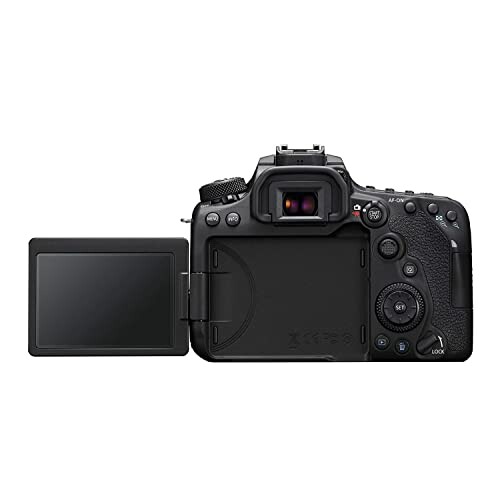
How to Capture Stunning Portraits with Your DSLR
- Utilize natural lighting for softer shadows and highlights.
- Experiment with different lenses for various effects.
- Pay attention to composition and background for engaging portraits.
- Use a tripod to maintain camera stability for sharp images.
- Edit your images to enhance colors and clarity.
Capturing stunning portraits is a rewarding aspect of photography that showcases your skills and creativity. With a Digital Single Lens Reflex (DSLR) camera, you can create breathtaking images that highlight your subjects beautifully. In this guide, we will explore practical tips and techniques covering everything from lighting to composition, ensuring you can take captivating portraits that tell a story.
Understanding Lighting in Portrait Photography
Lighting is crucial in portrait photography as it sets the mood and tone of the image. Here are some key aspects of lighting to consider:
Natural Light vs. Artificial Light
Natural light is ideal for portrait photography as it creates soft shadows and highlights. However, artificial light can add drama or specific effects, especially during indoor shoots.
Golden Hour
The golden hour, shortly after sunrise or before sunset, provides a warm, soft light that flatters skin tones and minimizes harsh shadows.
Using Reflectors
Reflectors can bounce light onto your subject, helping to fill in any shadows on the face.
Choosing the Right Lens
The lens you choose plays a significant role in achieving stunning portraits. Here are some lens recommendations:
| Lens Type | Focal Length | Best For |
|---|---|---|
| Standard Lens | 50mm | Versatile shooting, great for full-body shots |
| Prime Lens | 85mm | Gorgeous bokeh and detailed facial shots |
| Zoom Lens | 24-70mm | Flexibility in framing and composition |
Composition Techniques to Enhance Portraits
A well-composed portrait can transform an average photo into a mesmerizing one. Consider the following techniques:
Rule of Thirds
Imagine splitting your photo into a 3x3 grid and position your subject along the lines or at the intersections for a balanced look.
Framing
Use natural elements or props to create a frame around your subject, drawing attention to them.
Depth of Field
A shallow depth of field blurs the background, emphasizing your subject and reducing distractions.
Practicing with Your DSLR
To truly master portrait photography, practice using your DSLR camera. Familiarize yourself with its settings and capabilities. Remember to pay attention to:
- Shutter speed: Keep it fast enough to prevent motion blur.
- ISO settings: Adjust based on lighting conditions.
- Aperture: Use wide apertures for blurred backgrounds.
Editing Techniques for Stunning Results
Post-processing can significantly enhance your portraits. Here are some editing tips:
- Adjust brightness and contrast to make the subject pop.
- Enhance colors for a more vibrant image.
- Crop the photo for better composition.
Featured Products for Portrait Photography
Canon DSLR Camera [EOS 90D]
This camera boasts a 32.5 Megapixel CMOS sensor and features such as 4K video capture, making it a perfect tool for portrait photography.
Learn MoreFinal Thoughts
Capturing stunning portraits requires a blend of technical skill and creativity. Remember to experiment with lighting, composition, and your camera settings. As you practice and refine your skills, you’ll be able to create breathtaking portraits that resonate with viewers.
Pros
- Ability to create professional-quality images.
- Versatile camera settings for different scenarios.
- Engaging and emotional storytelling through imagery.
Cons
- Steeper learning curve for beginners.
- Equipment maintenance and investment costs.
Further Reading
To enhance your photography skills, check out our other articles on:
